Noirvember: 'Greatest Femme Fatales'
Now that we celebrate the month of Noirvember it is fitting that we celebrate one of the great hallmarks of the genre, the femme fatale. These women are far from the damsels in distress or doting spouses who heavily populated the screens in this era. The femme fatales are; tough, sharp-tongued, sexy, intelligent, and ambitious. The femme fatale played a major part in advancing the role of women in film as whole, by breaking down barriers and showcasing a different side to many actresses. So in honor of the month of Noirvember, we salute the greatest femme fatales in movie history.
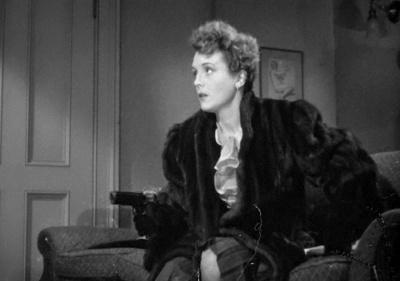
Brigid O'Shaughnessy (the Maltese Falcon): The femme fatale who started it all in what is widely recognized as the first film noir, . Under an assumed identity, she sends the partner of private eye Sam Spade on a suicide mission. Now for business sake, Spade has to discover the full story behind the murder and he knows this mysterious woman is the key to it all. She plays the world-weary PI like a puppet on his investigation, portraying the part of the poor vulnerable woman in the big city while in actuality being a cold and cunning manipulator. Despite knowing there is more than meets the eye at work, Spade gets drawn into her search for a mysterious treasure. Even in the end when all her secrets are out in the open, Sam Spade is willing to admit if O'Shaughnessy avoids getting the death penalty for her crimes, he may be waiting for her if she gets out of prison.
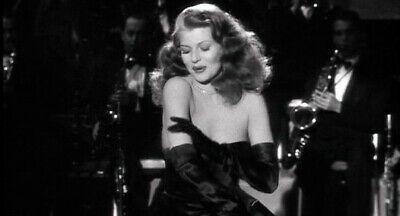
Gilda (Gilda): Film icon Rita Hayworth transformed herself from World War II pin-up girl to bonafide movie star with this role. In one of the most iconic entrances in filmdom, the world along with conman turned casino employee Johnny are introduced to the absolutely stunning Gilda. The lounge singer sees Johnny's boss, Mundson, as her meal ticket to a better life and marries him. With her new husband ensuring she is taken care of financially, Gilda effortlessly seduces any number of men who cross paths with her at the casino. Even Johnny who is wise to her game is powerless to resist her charms. As expected her affair with the casino worker seemingly drives her husband to suicide and the glamorous femme fatale finds herself at the mercy of her complicated relationship with Johnny. But she refuses to be kept as his prisoner and strikes out on her own. Many film historians have dubbed Hayworth as the "ultimate femme fatale" in the role of Gilda, a character with the power to manipulate any man into giving her what she wants. Rita Hayworth's undeniable sex-appeal combined with, Jean Louis' now iconic wardrobe as well as Jack Cole's choreography staging, has ensured her place as one of the most memorable film characters of all time.
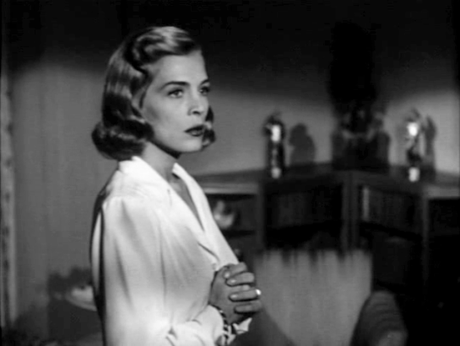
Jane Palmer (Too Late for Tears): Actress Lizabeth Scott was one of the most popular women in film noir, and this was arguably her greatest role in the genre. Jane had no way of knowing that a pleasant drive with her husband, Alan, would change her life when someone mistakenly throws $100,000 through their car window. Naturally her husband wants to turn it over to the authorities, but for Jane the money proves a little too tempting as she convinces him to hang on to it for a while and "see how it feels". While Alan is content to keep the money locked away in a safe deposit box, Jane would rather spend the loot which puts her on the radar of small time crook Danny. The rift between the married couple leads, to Jane murdering her husband and forcing Danny to enter into her machinations which she promised would end with them splitting the money. As you can imagine, this femme fatale actually sees to it she splits the dough with nobody. The problem arises when her sister-in-law becomes suspicious of Jane, and makes her own attempts to get the cash from the safe deposit box. The housewife-turned-criminal is forced to work even quicker to get what she thinks is hers regardless of who stands in her way. Unfortunately the cunning thief is hit with an unforeseen twist right when she thinks she is in the clear.
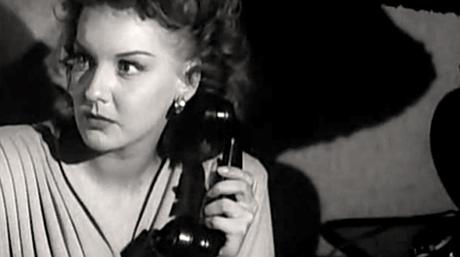
Vera (Detour): Famed filmmaker Wim Wenders said it best of actress Ann Savage's portrayal of Vera, stating her performance was "thirty years ahead of it's time" in this Poverty Row cult classic. While hitchhiking through the American Southwest, Vera is picked up by a man claiming his name is Haskell who offers her a lift and gets a world of trouble for it. The twist hits when Vera reveals that she had coincidentally crossed paths with the REAL Haskell, and knows this man whose real name is Al did something to him. She is willing to forgo reporting him to the authorities as long as he goes along with her schemes. She forces Al to hold up in an apartment where she can mastermind how to use this imposter to get her hands on the real Haskell's money, including a fortune he is set to inherit. Vera proves to be a dangerous combination of clever and sadistic, gaining joy from making Al's life miserable as the tension between them builds into inevitable violence.
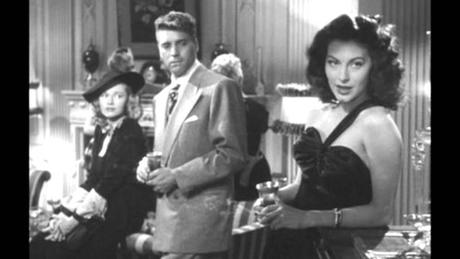
Kitty Collins (the Killers): In her film star making role, actress Ava Gardner steals the show in one of the all-time great film noirs. In the wake of two hitmen gunning down boxer Ole "the Swede" Anderson who had been living in hiding, an insurance investigator starts digging into things. What he discovers is that things for the Swede took a downturn in life when he laid eyes on Kitty Collins. The sultry girlfriend of a local gangster, she easily assesses the old boxer is used to using his fists and not his brains making him the perfect potential fall-guy. She starts off small by having the Swede take the fall for one of her crimes. As a reward for his doing prison time on her behalf, Kitty brings him in to her boyfriend's crew for his latest heist. Playing the role of a vulnerable woman indebted to the poor sap, Kitty ensures that by the end she is the only one who gets a cut of the loot.

Phyllis Dietrichson (Double Indemnity): I once heard a film historian point out that in Billy Wilder's masterpiece Double Indemnity, once the scheming Phyllis is introduced wearing nothing but a towel, we know insurance salesman Walter Neff is doomed. This stone cold seductress instantly sees a patsy in Neff, and puts the moves on him. Together they come up with a plot to not only murder her husband, but do so in a way which will double the life insurance pay out on him. Naturally there are those suspicious that Dietrichson and Neff were the masterminds behind the crime and the pressure continues to build on them. Unfortunately for the hapless insurance salesman he is in too deep into Phyllis' schemes, and we know that the flirtations and plotting with the femme fatale have sealed his fate. Actress Barbara Stanwyk's iconic character became public enemy number one with the Hollywood censors who saw Phyllis' schemes as too evil for mass audiences. Somehow Stanwyk was able to shed this role for her charming comedic performance in Christmas in Connecticut which filmed immediately after work on Double Indemnity was finished. This is a true testament to her talent as an actress.
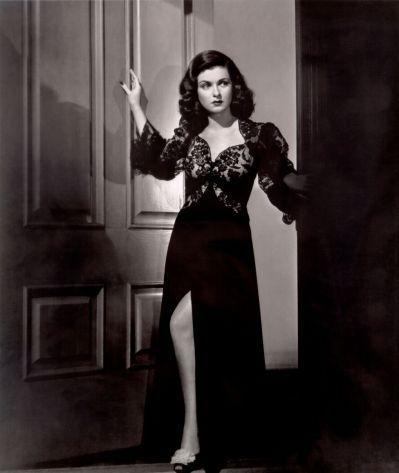
Kitty March (Scarlett Street): A favorite actress of the great director Fritz Lang, Joan Bennett was often turned to as the femme fatale in his films. Perhaps her greatest was as Kitty March in the bleak masterpiece Scarlett Street. After being rescued by a well-meaning Good Samaritan in the form of the meek Christopher Cross, Kitty believes him to be her wealthy meal ticket to a better life. Egged on by her ne'er-do-well boyfriend Johnny, she continues the flirtations with Cross (who is not actually wealthy as she believes) as part of an extortion scheme. Her combination of beauty of deceptiveness, take a toll on the poor man as his infatuation with Kitty tears apart his already broken marriage and turns him into a criminal. It is not long before she sees a chance to exploit the love-struck Cross' artistic talent for her own profit But she can only push the humble man so far before he finally breaks and she has to deal with the consequences.
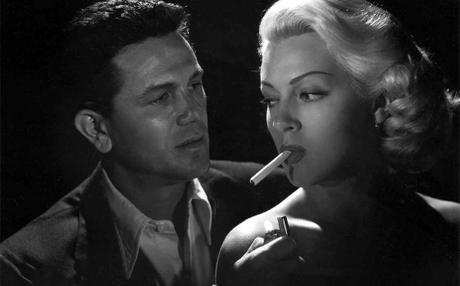
Cora Smith (the Postman Rings Twice): When Cora's husband, diner owner Nick, hires the shady drifter Frank as a handyman, the bored housewife is instantly attracted to him thus sealing her poor husband's fate. The affair they engage in inevitably means they have to get her husband out of the way. Cora and Frank concoct an elaborate plot to murder her him in a way which would seem like he died in a drunk driving accident. However her plot is discovered and Cora finds herself as a pawn between the District Attorney and a smarmy defense lawyer with his hired private eye. Though this femme fatale is smart enough to weasel her way out of legal punishment, it seems as though karma will not let her get away with murder.
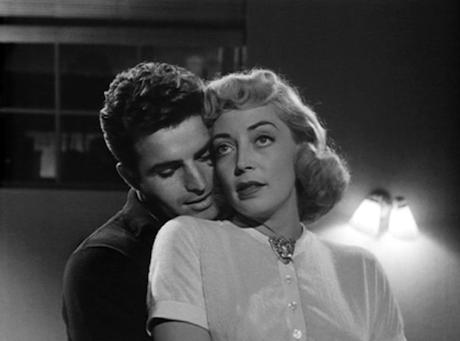
Sherry Peatty (the Killing): Though actress Mary Windsor did not get billed as the female lead in this early Stanley Kubrick picture (that honor went to Coleen Gray) she inevitably stole the show with her standout performance. As the adulterous wife of George, a spineless co-conspirator in a plot to rob the local race track, she is ruthless and conniving especially when she sees the chance to play her own game in the plot. Rather than get her own hands dirty, she relays the plan to her lover Val and coerces him to find his way to get the loot. With that Sherry could finally leave her husband and she and Val could run away together. As the consequence for trusting Sherry, Val is gunned down when he tries to get the drop on the cabal of criminals. Though it is not long before an infuriated George returns home to make sure his wife pays for her numerous betrayals.

